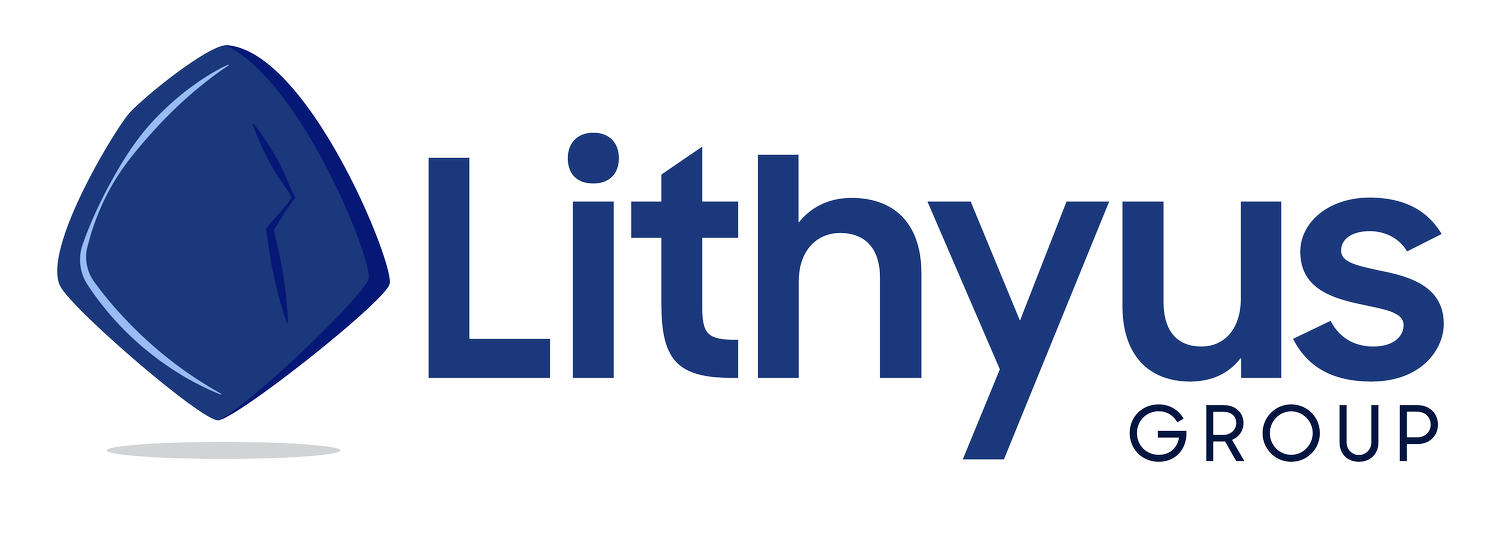The Four Seasons of Knowledge Retention: A Strategic Framework for Business Leaders
Understanding the four seasons of knowledge retention is crucial for leaders seeking to sustain organizational growth and resilience. By aligning knowledge retention efforts with business phases, leaders can effectively prepare for transitions and retain critical insights.
As a business leader, navigating the complexities of growth and change is a constant challenge. One of the most critical yet often overlooked aspects is the retention and transfer of institutional knowledge. The four seasons of knowledge retention metaphor can provide a structured approach to managing this vital asset.
First, let’s define Institutional Knowledge. It encompasses the critical processes, practiced skills, and lived experience that fuel an individual or organization's success. It is often held by long-tenured employees with deep expertise and significant influence.
The Four Seasons Framework
Spring (Startup): The startup phase is characterized by rapid learning and adaptation, where knowledge is primarily held by the founder. Focus on capturing history, vision, and processes. Examples include:
Founding / Origin Story - The mission of the organization is often reflected in its origin story.
Values and “Mythology” - What matters and the stories that demonstrate these principles in action,
Vision and Connections - No one sees the company from the founding team’s perspective. Share it.
Summer (Growth): As the organization grows, knowledge dissemination becomes crucial to maintain consistency and quality. When there are “leaders of leaders,” an organization is likely in this phase. Emphasize standardizing best practices and scaling operations. Examples include:
Standard Operating Procedures (SOP) - Define how tasks should be performed across teams and sites.
Continuous Improvement Loops - Use mid-year and year-end reviews to surface innovations and improvements to SOPs.
Customer Personas - Define your most important clients and any special attention they receive to ensure new employees sustain the habits customers have come to expect.
Autumn (Harvesting): Preparing for influential leadership transitions, mergers, or sales is essential. Preserving “the way” the organization operates creates a playbook for future leaders to rely on and increases the business's value in the case of a sale. In addition to preserving proven practices, this phase is ideal for capturing the ethos and strategic insights. Examples include:
All the Spring and Summer Phase suggestions.
Internal Personas - What are the ways of working that give your functions (i.e., Finance, Customer Service, Logistics, etc.) an edge? Make them visible for newcomers.
Industry and Macro Insights - Executive leadership likely has a hard-won perspective on the factors affecting the business. Share it.
Winter (Retirement): With impending retirements for key people, the transfer of critical knowledge is vital for continuity. Key people “know a lot about a lot,” so it’s important to understand their tasks, “customers”, and the systems that help them succeed. Examples include:
Activities - The tasks that dominate their calendar.
Downstream and Upstream Value - Who do they serve, and who/what serves them?
Process Knowledge - These employees are often the only ones who know how things really get done in an organization.
Future articles will offer insights into the best media tools for capturing and sharing specific types of wisdom. For now, focus on determining which season you and your organization are experiencing. For a deeper dive, watch a replay of Ben Bomar’s LinkedIn Live event focused on the Four Seasons of Knowledge Retention.
By being proactive, leaders can ensure that critical insights and expertise are preserved, fostering a culture of continuous learning and innovation. If you would like to learn more about how Lithyus Group can help in developing your knowledge retention strategy, contact us today at info@lithyus.com.

